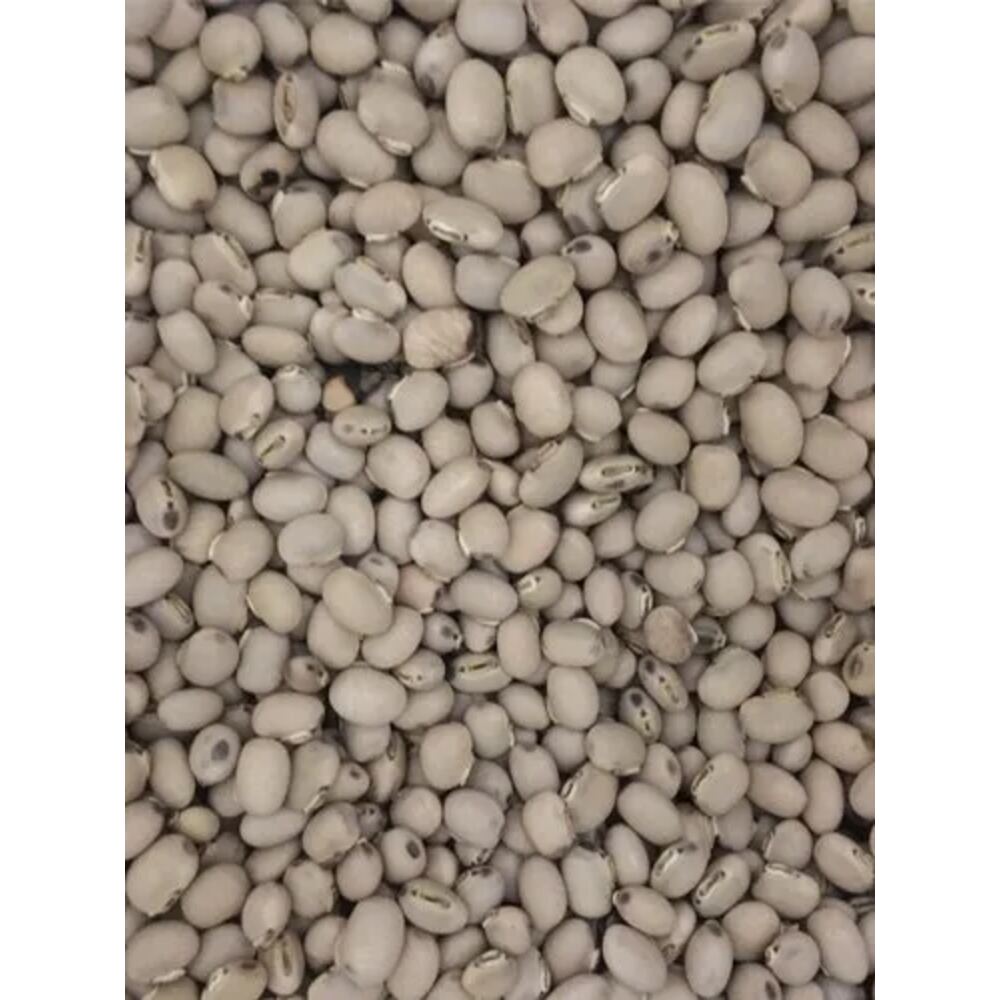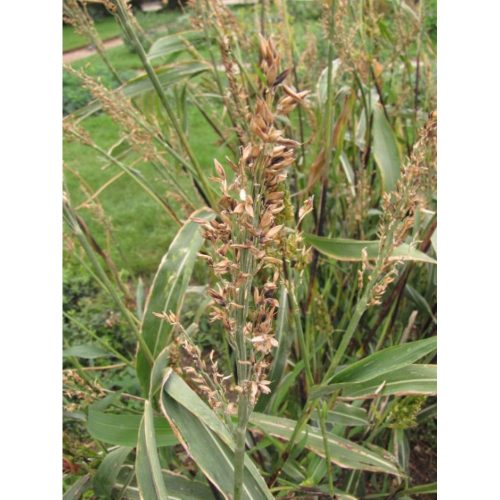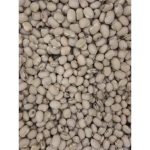Mucuna (Velvet Bean) | 1kg (MOQ: 5kg)
Mucuna (Velvet Bean) | 1kg (MOQ: 5kg)
Description
Mucuna (Velvet Bean) | 1kg (MOQ: 5kg) is a fast-growing legume used as a cover crop, green manure, and livestock feed. It improves soil fertility, suppresses weeds, and prevents erosion naturally.
Mucuna (Velvet Bean) | 1kg (MOQ: 5kg) is a vigorous climbing legume widely grown for its soil-restoring and weed-suppressing abilities. It is highly valued in sustainable agriculture for its ability to fix atmospheric nitrogen, improve soil organic matter, and control erosion.
The plant produces high-quality forage suitable for ruminants and can also be used as a green manure crop to enrich poor soils. Mucuna thrives in tropical and subtropical climates, making it ideal for use in crop rotation systems with maize, cassava, and other staples.
Features & Benefits of Mucuna (Velvet Bean) | 1kg (MOQ: 5kg):
- Improves soil fertility: Adds nitrogen and organic matter to the soil.
- Weed suppression: Dense canopy smothers weeds effectively.
- Nutritious livestock feed: Rich in protein and fiber.
- Erosion control: Excellent ground cover for sloped or degraded land.
- Fast growth: Establishes quickly under warm and moist conditions.
Specifications:
- Scientific Name: Mucuna pruriens
- Type: Legume / Cover Crop
- Weight: 1kg (MOQ: 5kg)
- Protein Content: 20–25%
- Growth Duration: 90–150 days
- Adaptation: Tropical and subtropical zones
Applications / Uses:
- Cover crop for soil regeneration.
- Green manure for organic farming.
- Livestock feed for cattle, goats, and sheep.
- Intercropping with maize, cassava, or sorghum.
How to Plant:
- Sow directly into moist, well-drained soil at a spacing of 50–75 cm.
- Use 20–25 kg of seed per hectare for optimal coverage.
- Allow growth for 90–120 days before incorporating into soil (if used as green manure).
- For forage, harvest when pods are still green and before full seed maturity.
Management & Utilization:
- As a Cover Crop/Green Manure: Allow it to grow for 3-4 months, then slash and incorporate the biomass into the soil before planting the main crop (e.g., Maize).
- For Forage: Harvest the vines and leaves for ruminants (cattle, goats, sheep). Do not feed raw seeds.
- For Grain: Harvest the mature, dried pods. The seeds must be thoroughly processed (boiled with multiple water changes) to remove toxins before being used as food or feed.
Target Audience & Ideal Use:
- Sustainable & Organic Farmers: For natural weed control, soil fertility building, and erosion management.
- Livestock Farmers (Ruminants): As a source of high-protein green forage.
- Land Reclamation Projects: For revegetating and improving severely degraded soils.
- Researchers & Agro-Processing: For its unique L-Dopa and biopesticide properties.
Additional information
| Weight | 2.6 kg |
|---|














Reviews
There are no reviews yet